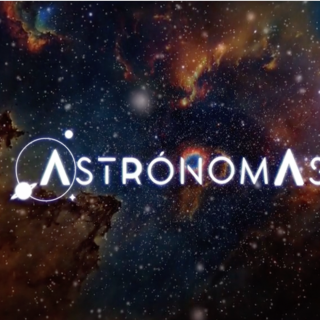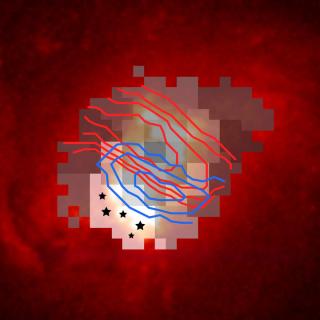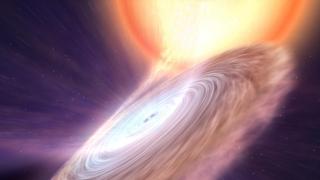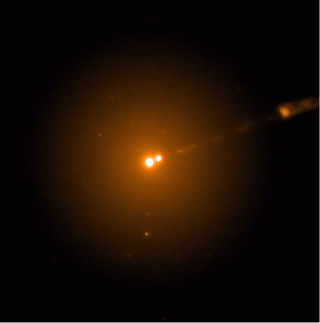
It can be visited in the Museum of Science and the Cosmos until 22nd May. Next Wednesday, April 6th, there will be an inauguration ceremony with the women researchers at the IAC Elena Khomenko and Adriana de Lorenzo-Cáceres, with a talk and a concert by Paula Espinoza, a student of Astrophysics and finalist in the televisión programme “La Voz”. In addition Paula is the author of the sound track of the exhibition. “AstronomAs” is an exhibition in two formats, physical and digita, whose aim is to show the role of women in astronomy, and to stimulate scientific and technological vocations. It
Advertised on




